Employee Retention: Analyzing Herzberg's Two-Factor Theory
VerifiedAdded on 2022/09/15
|5
|406
|22
Report
AI Summary
This report delves into the concept of employee retention, emphasizing the application of Herzberg's Two-Factor Theory. It explores the significance of both motivation and hygiene factors in enhancing job satisfaction and increasing retention rates. The report highlights the importance of incorporating both incentive and non-incentive strategies to boost employee morale and commitment. Furthermore, it underscores the critical role of hygiene factors in creating a positive work environment. The report provides an overview of the theory and suggests practical applications for improving employee retention within organizations by balancing motivation and hygiene factors. The conclusion summarizes the key findings, reinforcing the importance of a holistic approach to employee retention.
1 out of 5
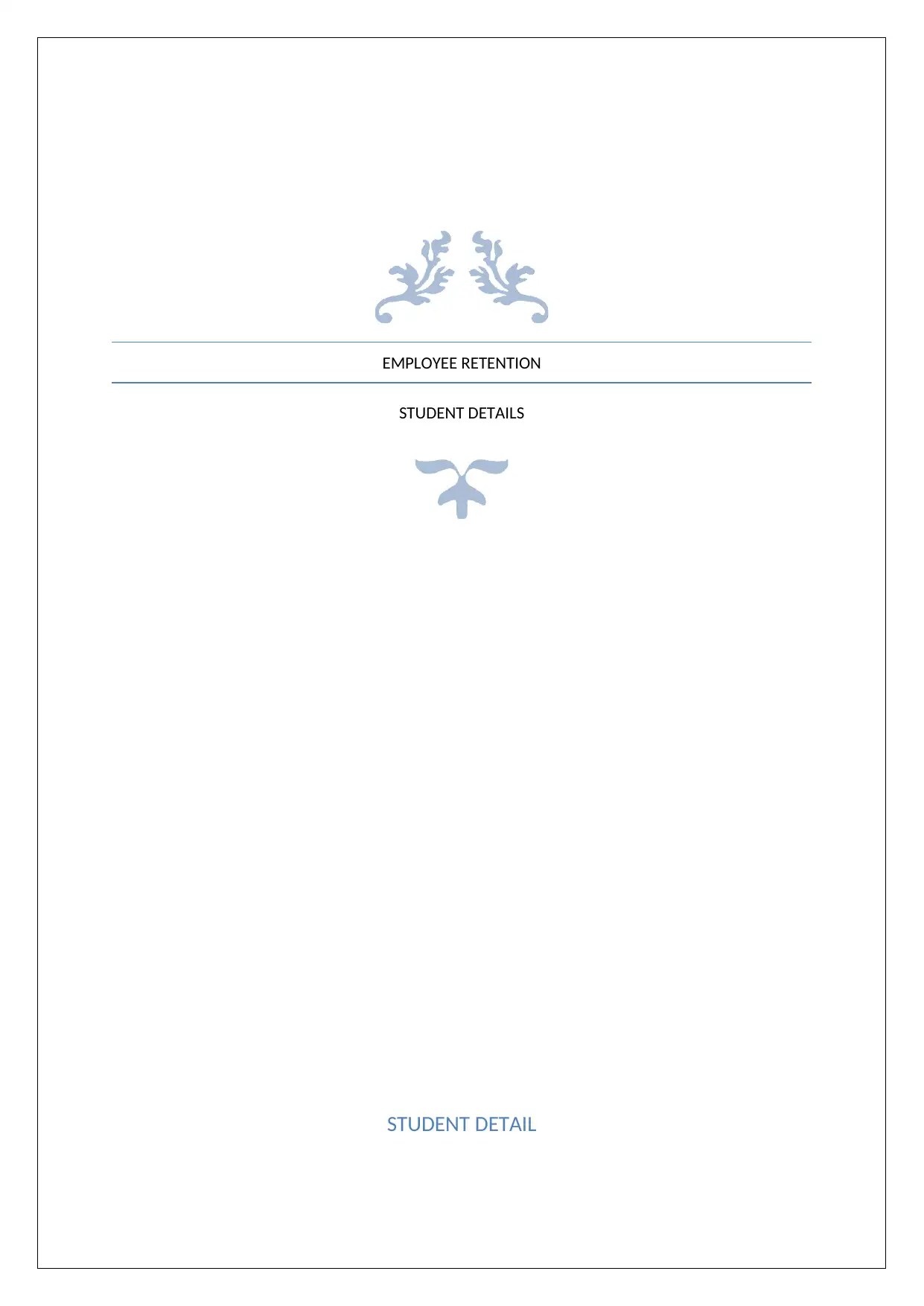
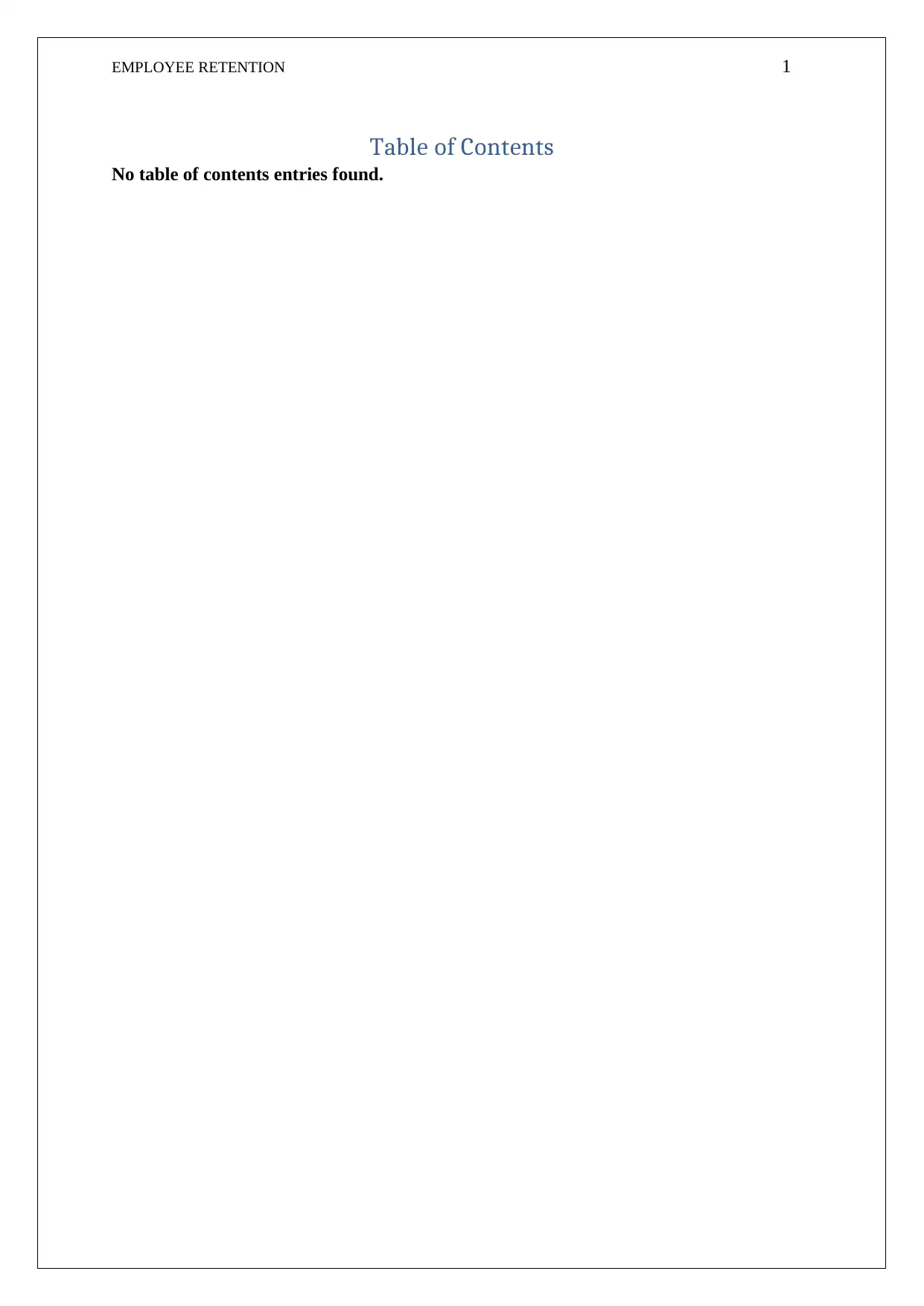
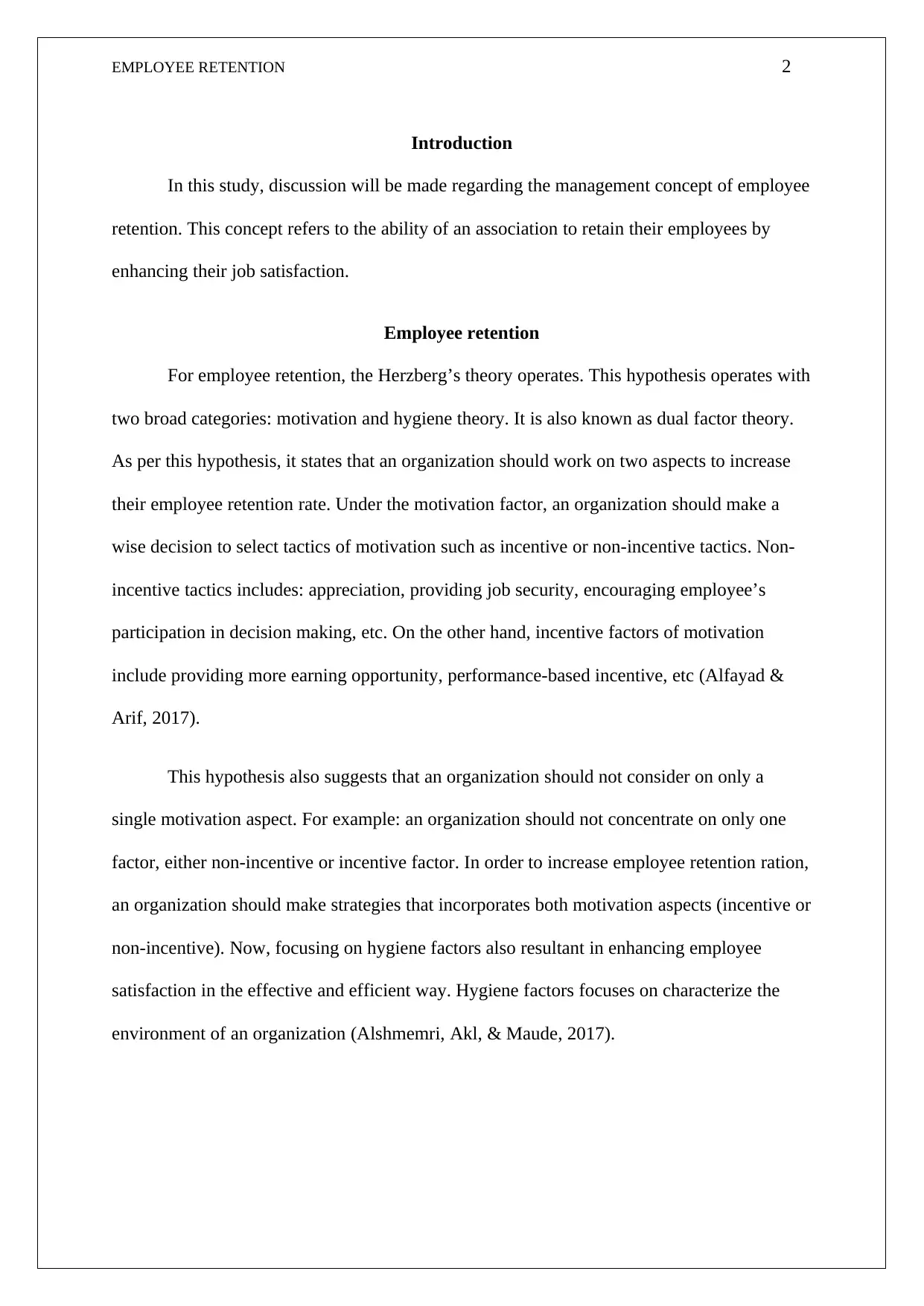

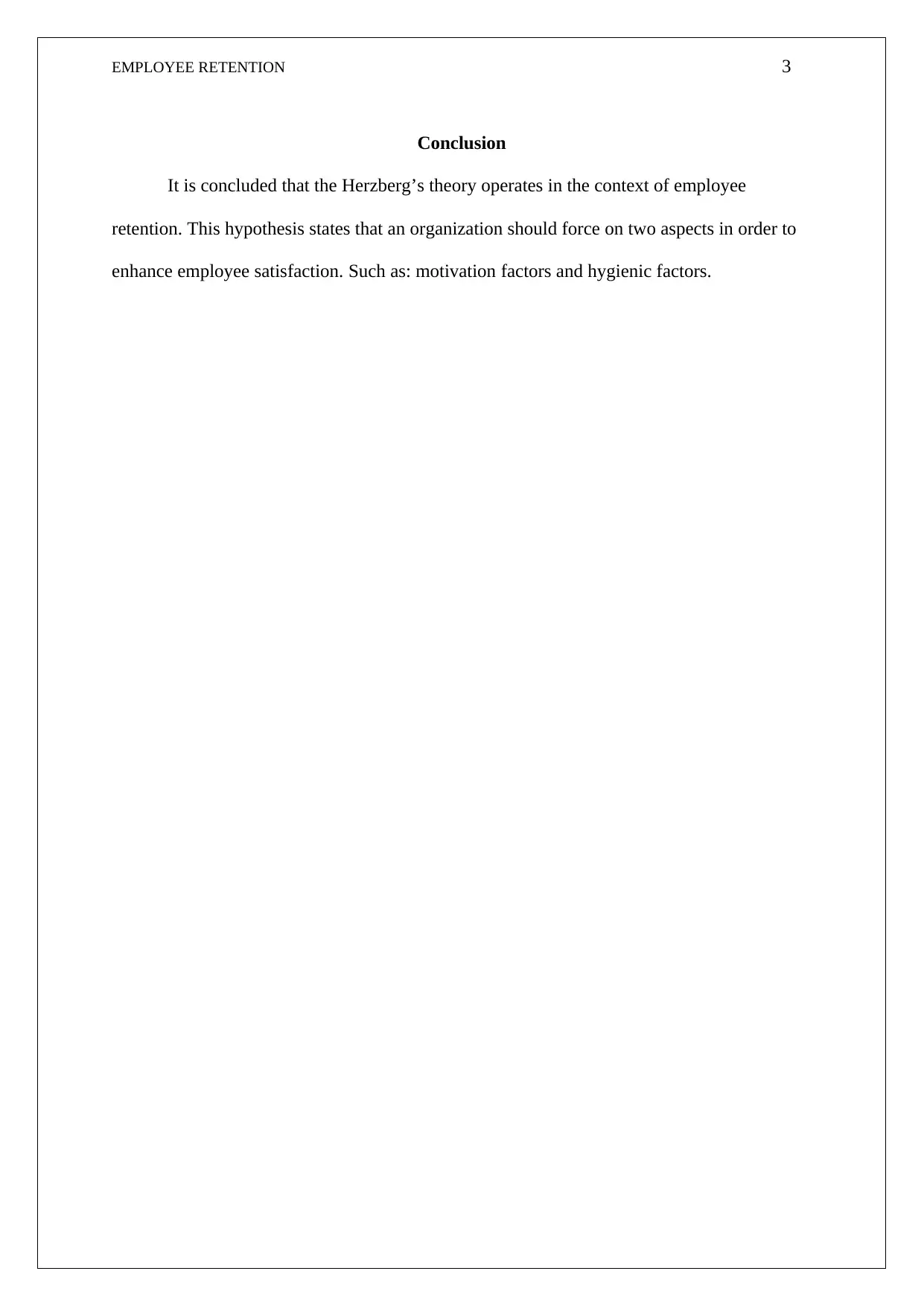
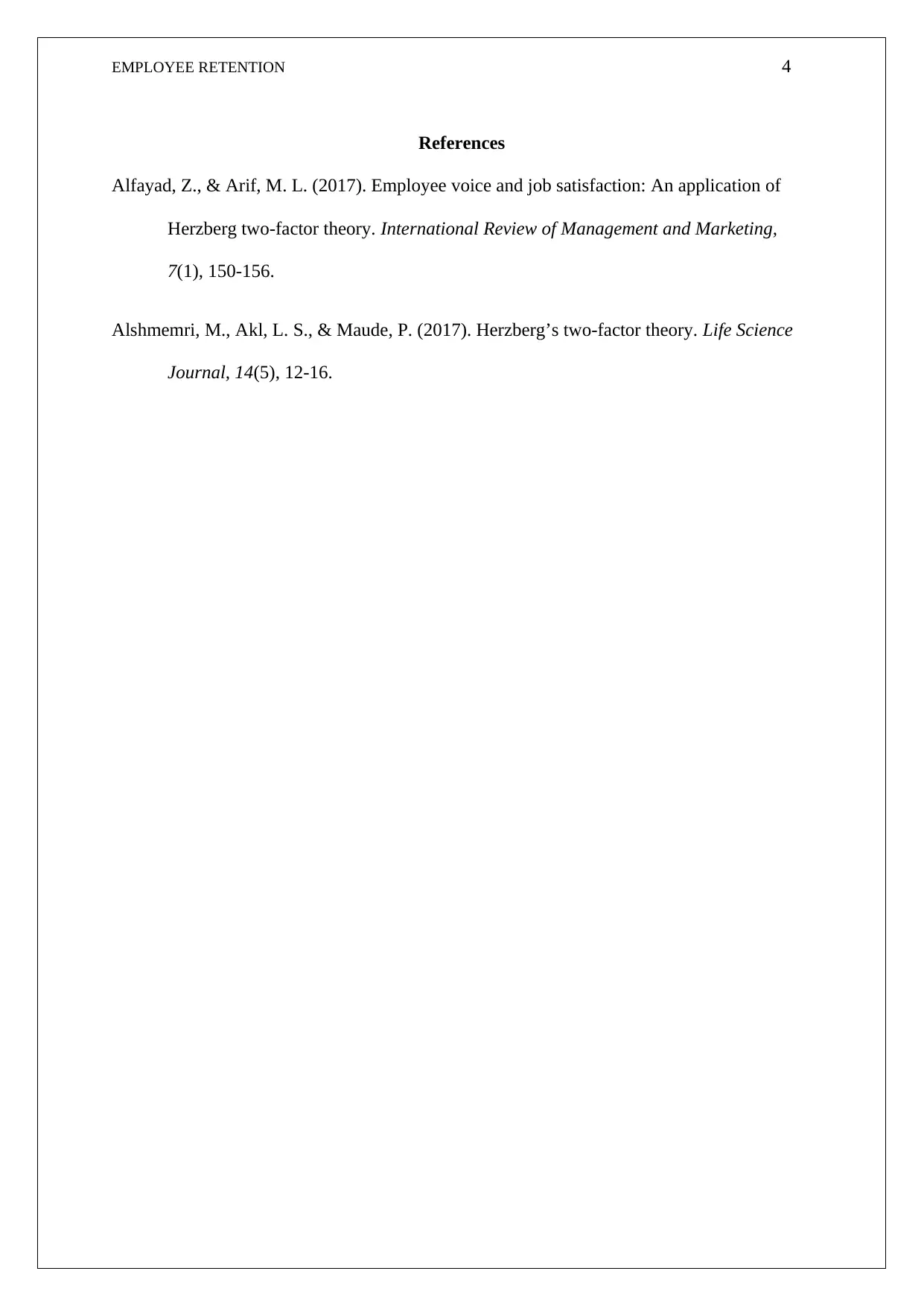






![[object Object]](/_next/static/media/star-bottom.7253800d.svg)